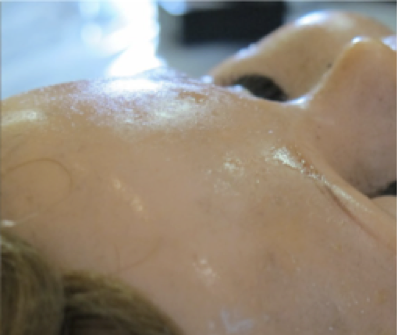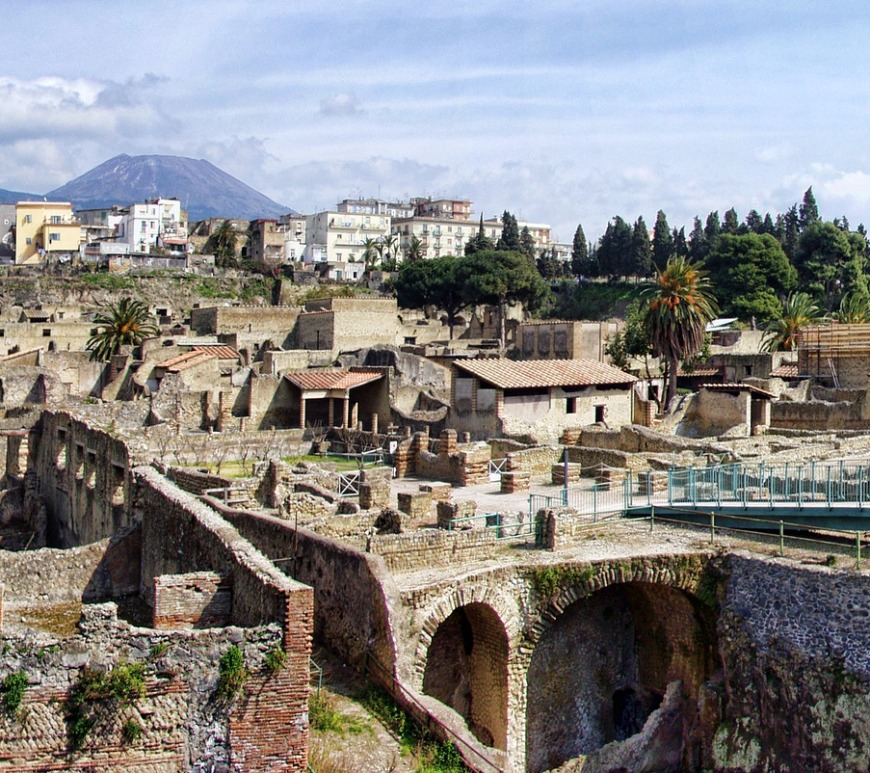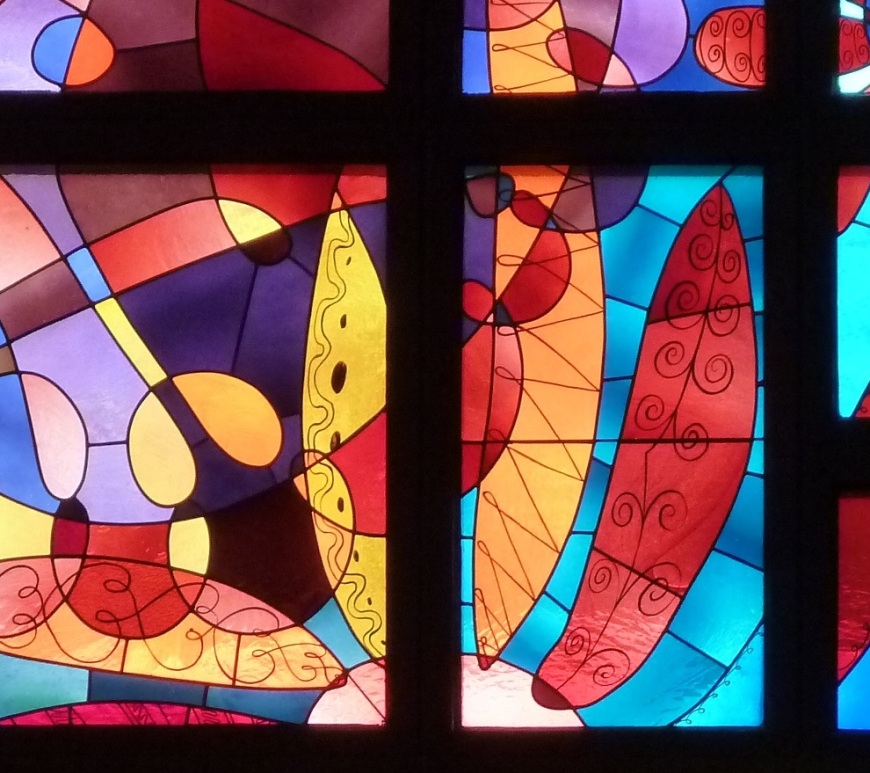
It’s not springtime, but plastics are in bloom
Oily films and crystalline deposits are threatening plastic objects in cultural collections. This kind of degradation, known as “bloom,” is a result of plasticizer migration. In this article, researchers review various factors influencing bloom as well as analytical methods for investigating affected objects. Continue reading It’s not springtime, but plastics are in bloom









